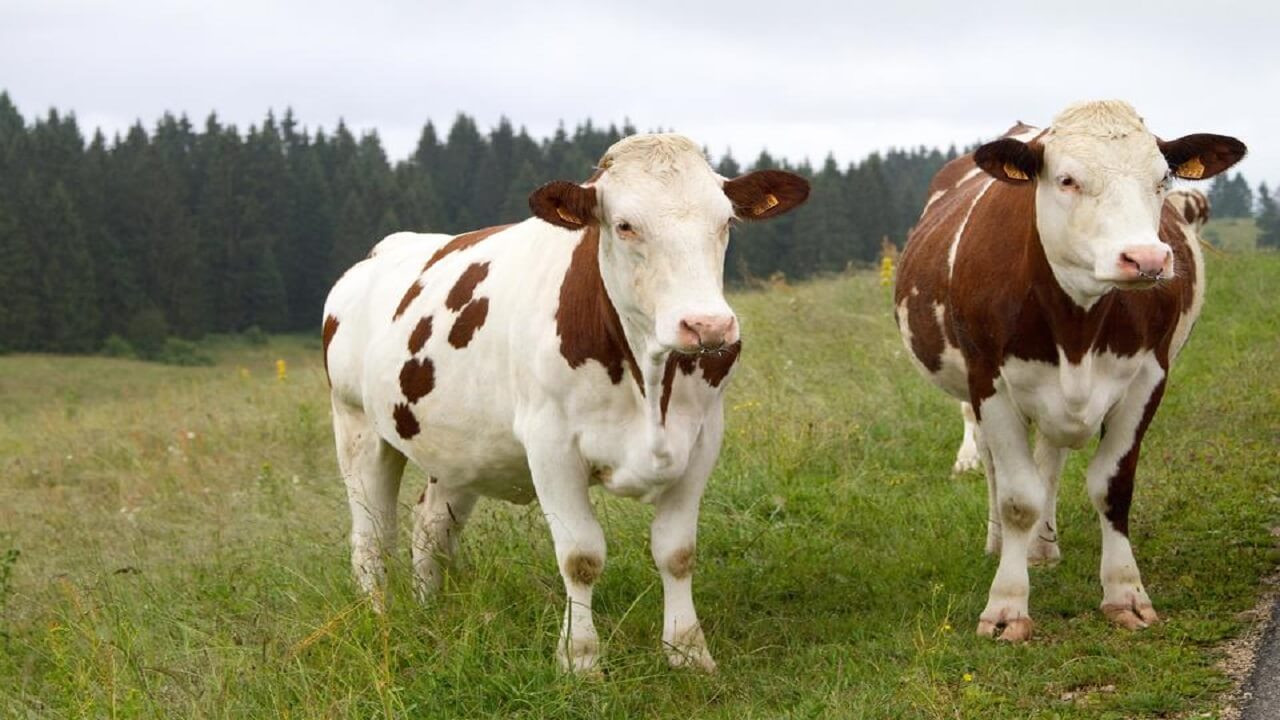
Cattle Artificial Insemination
October 5, 2022, 11:09 am
Artificial insemination in cattle is a scientific method of collecting semen from a preferred stud (male) and depositing it into the vagina of the female cattle.
Cattle Artificial Insemination
The aim is to achieve fertilization of the female ovum (Ova) without the male coming in contact with the female. The semen can therefore be transported over a distance. The practice is to ensure that the sperm is preserved in its original potent form.
It is on record that dogs had been successfully bred since the 18th century using the techniques of artificial insemination.
Cattle Artificial Insemination Process
Artificial insemination is a process involving many specialized stages. It involves assessment of the stud, semen collection, semen evaluation, semen processing, heat detection in the dam and introduction of the semen
Stud Assessment
It is important that performance record of the stud should be well kept. For best practice, cattle should be registered and closely monitored. Honesty plays a prominent role in stud assessment. Any doubtful trait automatically disqualifies the stud
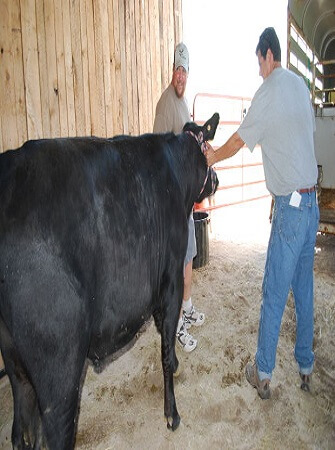
Cattle Semen Collection
The goal is to collect the maximum quantity of spermatozoa at each ejaculation
Methods of Semen Collection Include:
- The Dummy (massage) Method: The stud is made to mount a dummy which looks like a dam. The stud’s male organ is massage severally while the semen is collected in a tube
- Use of Artificial Vagina Cervix: The artificial cervix will simulate the situation in normal cervix for a mating sensation in the stud
- Electro-ejaculator: This is an automated semen collector, using electricity to simulate natural mating sensation in the male to trigger ejaculation

Cattle Semen Evaluation
It is important to assess the semen collected for quality and purity. The following parameters are evaluated:
- Semen Appearance: Opaque semen are of higher quality than transluscent semen. Red or yellow semen depict blood spots or diseased condition. Semen must be free from hair, dirt or globules of different colours
- Quality of Semen: The volume must be compared with established standard bearing in mind the age, the season and the breed of the animal.
- Concentration: This is an assessment of the sperm count determined in the laboratory. Semen concentration greatly determines viability of semen
- Semen pH: The normal pH range of semen is 5 to 11
Cattle Semen Processing
After evaluation, the semen is processed. Processing might involve dilution, freezing, transportation and thawing. The aim of semen processing is to extend the shelf life and to enhance insemination of many female animals. Appropriate diluents or extenders are applied, they guarantee many days’ shelf life. Transportation vans fitted with refrigerating facilities should be used to transport semen.
Cattle Heat Detection
It is important for animal handlers to be able to detect heat in animals. Knowledge of ovulation time is of utmost importance in order to introduce semen into the female animal at the appropriate time.

Artificial insemination is an animal improvement strategy; if harnessed, it will enhance rapid genetic improvement of farm animals
Advantages of Artificial Insemination
- A particularly desired male can have its semen used on a number of females, even across continental borders. What is required is to transport the portable viable semen
- Some difficult females that will not accept any make under normal condition can easily be bred with artificial insemination
- Since testing/assessment of the sperm cells are carried out to determine the viability before use, artificial insemination ensures better conception rate than in natural mating where viability of the sperm cells are not guaranteed
- Optimal use of a stud is guaranteed as just enough semen is used on each female. This will make semen from a male serve many females
- Artificial insemination enhances improved conception rate as the semen is pre-tested and accurate in deposition is ensured
- Bottlenecks of quarantine and other animal import/export procedures are reduced or totally eliminated when artificial insemination is employed
- Climatic conditions that could be hindrance to performance of male are non-existent in the use of artificial insemination. A male from a temperate region might not perform in a tropical condition and vice versa. Problem of feeding studs is also eliminated
- Artificial insemination precludes indiscriminate mating; one may not have even a single male animal in the herd
- Artificial insemination can be used to control sexually transmitted diseases as it is a good way of ensuring fertilization
- Injury to stud from unfriendly or aggressive female is eliminated
- Complications arising from mating are eliminated. A bigger male can injure a smaller female
- Artificial insemination can be cheap in the long run
- Semen from a proven male can be stored and used long after the death of the proven male.
Challenges and Limitations of Artificial Insemination
- Lack of Capital: In the short run, artificial insemination can be capital intensive to procure the equipment
- Artificial insemination requires good hygiene practices. Biosecurity must be maintained so that diseases will be prevented. Implements and equipment should be well sterilized and maintained
- Artificial insemination requires adequate data collection and assessment. The sire to be used must possess desired characteristics. The dam must also be in good condition. Faulty assessment of the studs’ potential can lead to great loss or transmit undesired traits over a wide geographical spread and many animals
- Skilled personnel are required to handle artificial insemination
- Erratic electricity power supply may affect handling and processing of semen. Semen has to be stored at specific temperature.
- Good feeding regime is required
Oestrus Synchronization
In order to take full advantage of artificial insemination, it is important to embark on oestrus synchronization. This is a system of bringing a large number of female animals on heat at the same time. It is another specialized area of animal husbandry which requires the administration of drugs orally or by injection
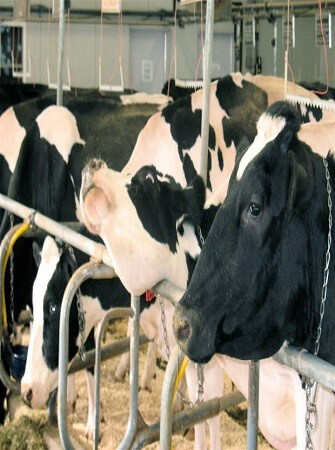
Advantages of Oestrus Synchronization
- It ensures concentration of task large number of animals can be inseminated at the same time
- Operation is spread over many animals at time
- It can be cheaper in the bug run
- It ensures mass production—more animals can produce milk at same time
Disadvantages of Oestrus Synchronization
- It requires skills
- In Nigeria, the drugs are imported and so might be costly
- Infrastructure to cope with large production might not be available

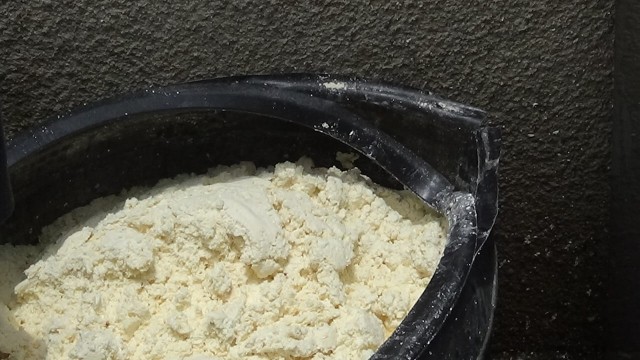

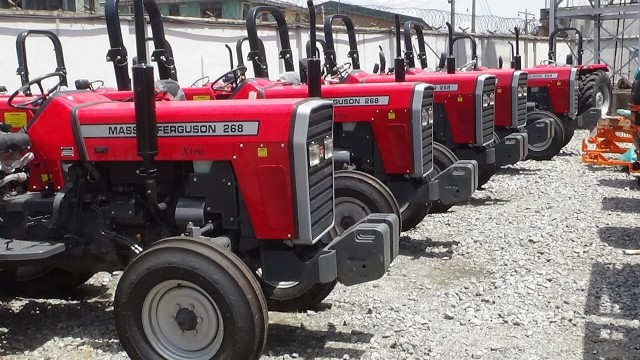
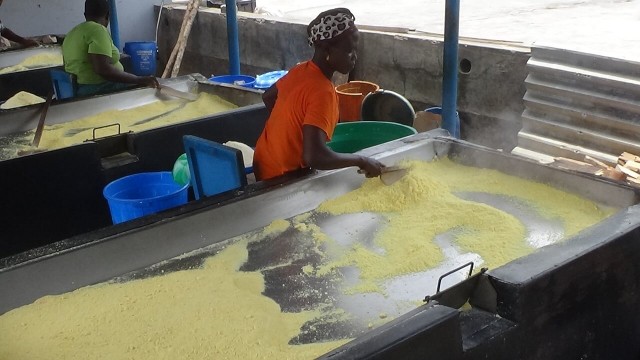
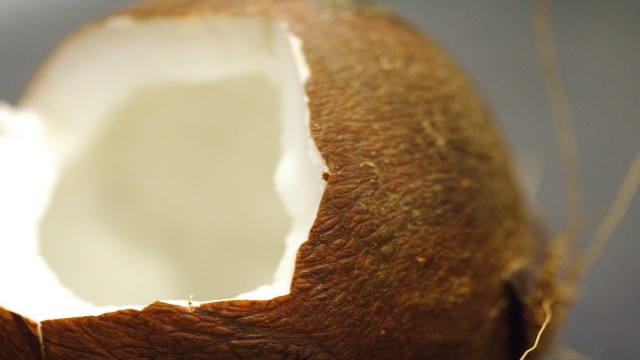





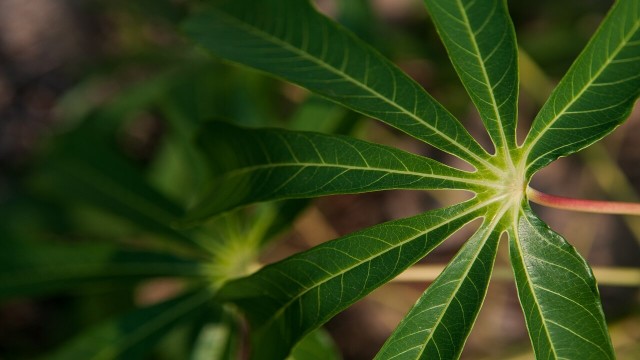
Share This Article: